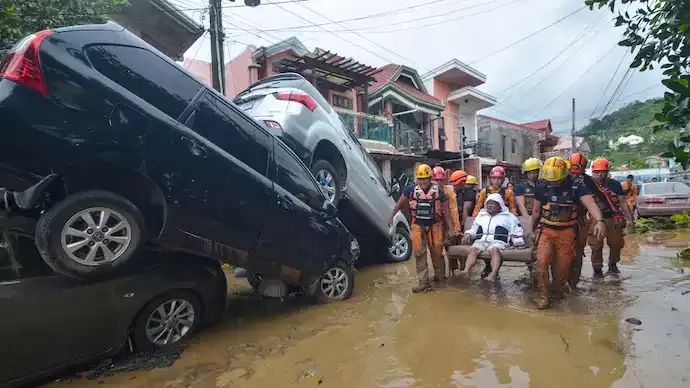Shopping cart
Your cart empty!
Terms of use dolor sit amet consectetur, adipisicing elit. Recusandae provident ullam aperiam quo ad non corrupti sit vel quam repellat ipsa quod sed, repellendus adipisci, ducimus ea modi odio assumenda.
Lorem ipsum dolor sit amet consectetur adipisicing elit. Sequi, cum esse possimus officiis amet ea voluptatibus libero! Dolorum assumenda esse, deserunt ipsum ad iusto! Praesentium error nobis tenetur at, quis nostrum facere excepturi architecto totam.
Lorem ipsum dolor sit amet consectetur adipisicing elit. Inventore, soluta alias eaque modi ipsum sint iusto fugiat vero velit rerum.
Sequi, cum esse possimus officiis amet ea voluptatibus libero! Dolorum assumenda esse, deserunt ipsum ad iusto! Praesentium error nobis tenetur at, quis nostrum facere excepturi architecto totam.
Lorem ipsum dolor sit amet consectetur adipisicing elit. Inventore, soluta alias eaque modi ipsum sint iusto fugiat vero velit rerum.
Dolor sit amet consectetur adipisicing elit. Sequi, cum esse possimus officiis amet ea voluptatibus libero! Dolorum assumenda esse, deserunt ipsum ad iusto! Praesentium error nobis tenetur at, quis nostrum facere excepturi architecto totam.
Lorem ipsum dolor sit amet consectetur adipisicing elit. Inventore, soluta alias eaque modi ipsum sint iusto fugiat vero velit rerum.
Sit amet consectetur adipisicing elit. Sequi, cum esse possimus officiis amet ea voluptatibus libero! Dolorum assumenda esse, deserunt ipsum ad iusto! Praesentium error nobis tenetur at, quis nostrum facere excepturi architecto totam.
Lorem ipsum dolor sit amet consectetur adipisicing elit. Inventore, soluta alias eaque modi ipsum sint iusto fugiat vero velit rerum.
Do you agree to our terms? Sign up

A deadly trail of destruction spread across the Philippines after Typhoon Kalmaegi tore through the country on Wednesday, leaving at least 114 people dead and dozens still missing. The scale of devastation prompted President Ferdinand Marcos Jr to declare a nationwide state of emergency, as government teams struggled to rescue stranded residents, restore communication lines, and assess the extent of damage.
The storm, already the most lethal to strike the Philippines this year, arrived barely weeks after a strong earthquake claimed scores of lives. Authorities are warning that the hardship may worsen as another tropical system is projected to intensify into a super typhoon and threaten the northern regions next week.
Initial assessments indicate that around 130 individuals remain unaccounted for. The province of Cebu emerged as the epicentre of the disaster, witnessing widespread flash flooding, river overflows, and submerged neighbourhoods. Swollen waterways engulfed entire stretches of residential areas, forcing families to climb onto rooftops and cling to debris while waiting for help.
Local officials confirmed that at least 71 people died in Cebu alone, most of them swept away by sudden floods that surged without warning. The provincial government noted that despite significant preparedness measures, the ferocity of the floods overwhelmed rescue capabilities. Residents have long expressed concerns about unchecked quarrying and inadequate flood control systems, issues that may have worsened the impact of the typhoon. These concerns had triggered public protests in recent months.
In a separate tragedy linked to ongoing relief efforts, six members of the Philippine air force were killed when their helicopter crashed in Agusan del Sur while transporting emergency supplies to affected communities. Authorities are investigating the cause of the crash, which occurred under challenging weather conditions.
Government data shows that Typhoon Kalmaegi has affected nearly two million people nationwide. More than 560,000 residents have been displaced, with many now living in temporary shelters as officials work to restore essential services. Damage to homes, infrastructure, agriculture, and public utilities is still being assessed, though early estimates indicate severe losses.
The Philippines, located along the typhoon belt and the Pacific Ring of Fire, endures around 20 major storms each year in addition to frequent earthquakes and volcanic disturbances. The back-to-back disasters of recent weeks have stretched response systems, reigniting debate over climate resilience, environmental regulation, and long-term disaster preparedness.
As rescue operations continue across Cebu, Luzon, and other affected regions, authorities fear the mortality numbers could rise. For thousands of families, rebuilding their lives will begin only after the immediate danger passes and the country emerges from one of its most challenging weather events of the year.
47
Published: Nov 06, 2025